May Update: Trends in Economic Growth, Monetary Policy, + Inflation
In this month’s client presentation, we’re taking a look at the markets in general, as well as our investment framework — the framework by which we...
3 min read
 Chris McAlpin
:
Apr 24, 2024 1:49:35 PM
Chris McAlpin
:
Apr 24, 2024 1:49:35 PM

Editor’s Note: This month’s client presentation included a hands-on, interactive demonstration of a risk management tool we use with our clients called Nitrogen (formerly Riskalyze). We encourage you to watch the video above as a complement to the summary below.
As an investor, understanding and managing your risk is essential to your success, no matter what season of life you’re in. Whether you’re crafting a comprehensive financial plan for you and your loved ones, or you’re looking more specifically at what risk means to you as someone more interested specifically in retirement planning, you’re in the right place.
🔎 Related: What Are the 4 Risks of Investing? (+ Examples)
For the purposes of this discussion and demonstration, we’ll be focusing on risk management in the space of investments. However, we must also note risk management is also about insurance—property and casualty insurance, life insurance, long-term care, and disability insurance.
With that caveat out of the way, let’s talk about managing your risk as an investor.
Back in 2005 or 2006, I remember talking to a man who said to me, “Son, I’m a conservative investor. I’ve got all my money in company stock.”
Now, at this stage of your career, that’s not being a conservative investor. But nearly 20 years ago, to that gentleman, he was a conservative investor because he had all of his money in an investment type he understood. So, if I were to ask you if you were a conservative investor and you answered yes—because, in your mind, investing all your money in Bell South or AT&T stock was being a conservative investor— we’re going to run into a problem if I put all your money in bonds.
🔎 Related: How Does Sound Financial Make Client Investing Decisions?
The moral of the story here is that we need to operate with a common language, and math is the most common language there is. So, you don’t have to say you’re conservative, moderate, or aggressive. Instead, you can use the language of math, through the use of the tool in this demonstration called Nitrogen, formerly known as Riskalyze.
The video above shows, in detail, how we use this tool to mathematically quantify your risk as an investor, without falling into the traps of differing definitions for terms like “conservative” vs. “aggressive.”
“Where do people mess up the most when it comes to managing their own risk?” I get this question a lot. The most common mistakes in risk management we see often boil down to two closely related concepts: short-termism and its cousin, fear of missing out, or FOMO.
These mistakes are primarily driven by two pervasive investing fears. The first is the fear of missing out—this is where people see the market or a particular stock performing well in the short term and jump in out of a worry that they’ll miss out on potential gains. The second fear is the fear of loss, which often leads to hasty decisions when market conditions start to look turbulent.
🔎 Related: What Are the 4 Different Types of Investment Funds?
When you give into these fears, you start making decisions from a place of emotional impulse, rather than fact or logic, because you’re focusing on immediate market fluctuations instead of maintaining a long-term perspective. Yes, these fears are natural, but giving into them without a strategic consideration can significantly derail your financial planning.
Specifically, for those planning for retirement, these kinds of emotional, reactive decisions can be particularly detrimental. As you approach retirement, the stakes get higher—the decisions you make can have long-lasting implications. For example, jumping into high-risk investments or pulling out of the market in fear can jeopardize the longevity of your retirement funds. Managing risk appropriately and avoiding short-term temptations are crucial as you need your resources to potentially last for decades.
Another common question I get about this process is: “Where do I see people struggle the most when answering the questions in this risk assessment questionnaire for themselves?”
Historically, I’ll admit I do see some stereotypes play out here. Men, you often answer the questions in this investing risk assessment from a place of ego. We don’t like to admit we’ve become more conservative as we’ve gotten older, particularly since there are now political connotations to such a label, right or wrong as they may be. Ladies, you don’t do this as much.
🔎 Related: Financial Planning Process Guide for Investors and Families
Whether you fall into these trends or not, the lesson here for you all remains the same. As you go through this assessment, you should answer as honestly as possible what your risk tolerance is, without fear of any judgment, because there isn’t any.
The other place I see people struggle is when they have an imbalance of expectations. What I mean by that is, you need to align your expectations of investment returns with the risk you are willing to take. If you have unrealistic expectations of your investment returns based on the risk you’ve noted as acceptable to you, you’ll always be disappointed.
How good of a job have we done creating your financial plan together? This is the real question we need to answer here. Because your planning and your disciplined actions are the only two things you can control. You cannot control the outcomes of the markets, but we can control how we plan. We can control how we invest. We can control the future actions that we take together.
So, my encouragement is, let's manage risks together. Take a risk questionnaire. Let's actually apply it to your portfolio and make sure that you have an income plan that will get you to your goals—or keep you within the goals that you've already attained.

In this month’s client presentation, we’re taking a look at the markets in general, as well as our investment framework — the framework by which we...
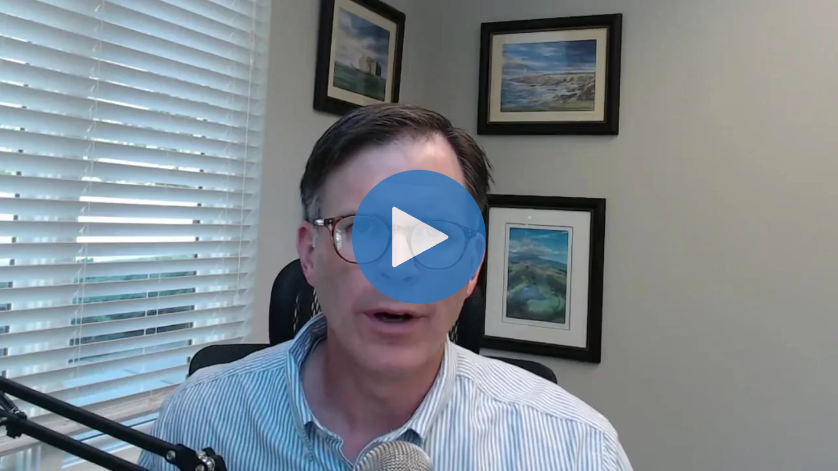
{% video_player "embed_player" overrideable=False, type='hsvideo2', hide_playlist=True, viral_sharing=False, embed_button=False, autoplay=False,...
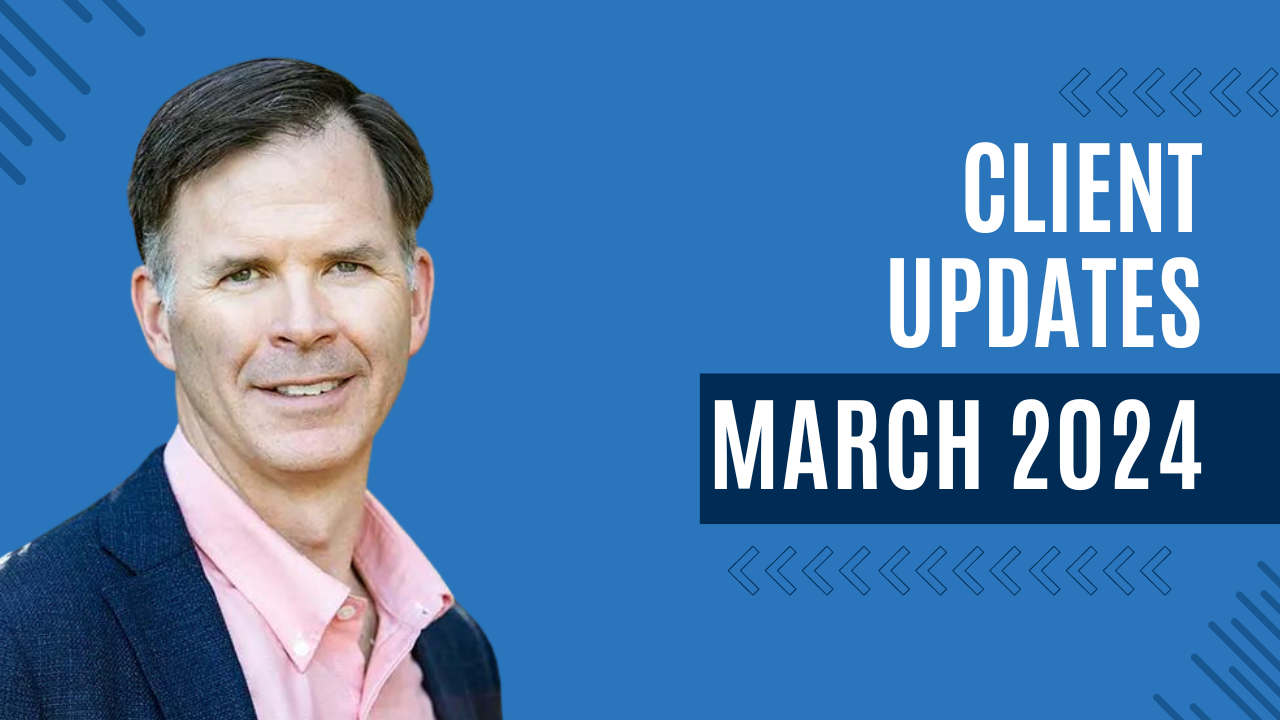
{% video_player "embed_player" overrideable=False, type='hsvideo2', hide_playlist=True, viral_sharing=False, embed_button=False, autoplay=False,...
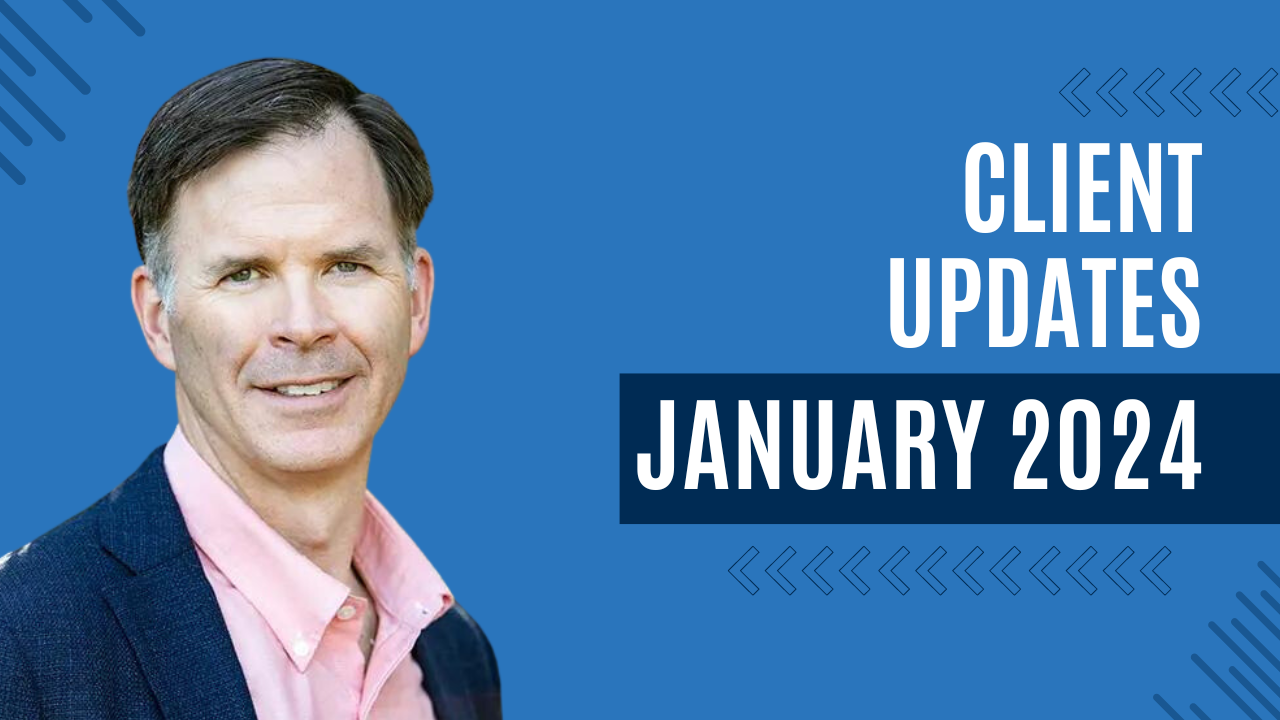
Happy New Year! One of our resolutions, if you will, for this year is to take a moment to stop and celebrate the wins in our lives. To be honest,...
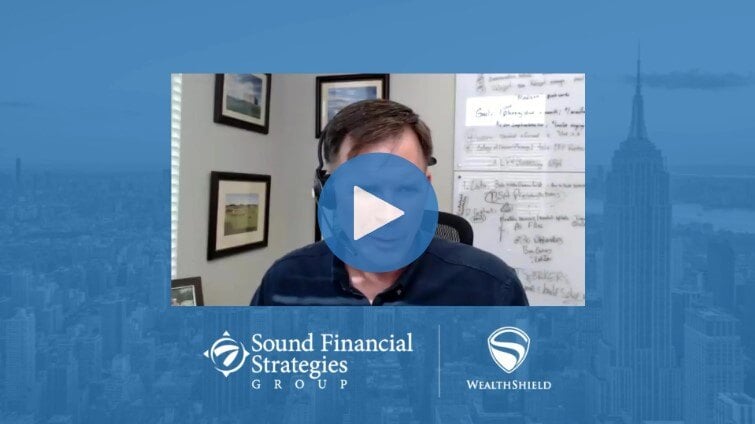
At Sound Financial Strategy Group, we combine timeless principles with actionable strategies. Whether it's the story of Santa Claus or the merits of...
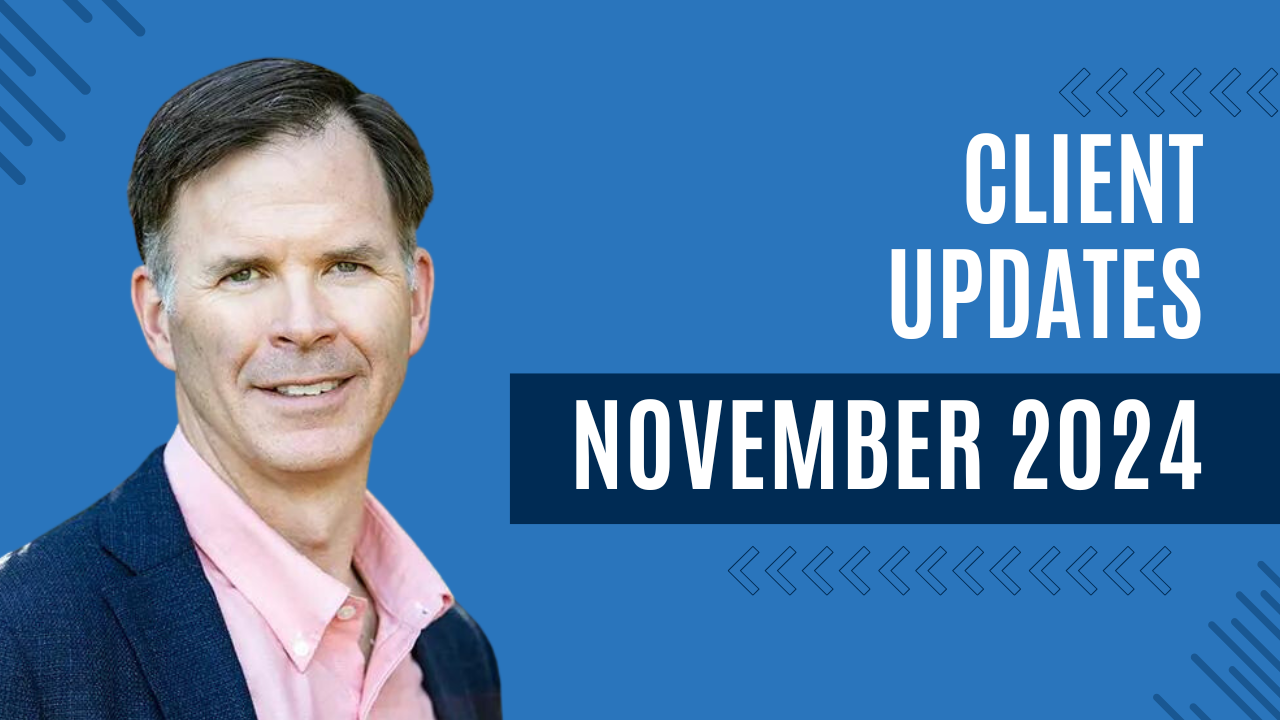
In our recent client update, Clint Sorensen and I shared some key trends and critical insights on the current market landscape. This discussion was...